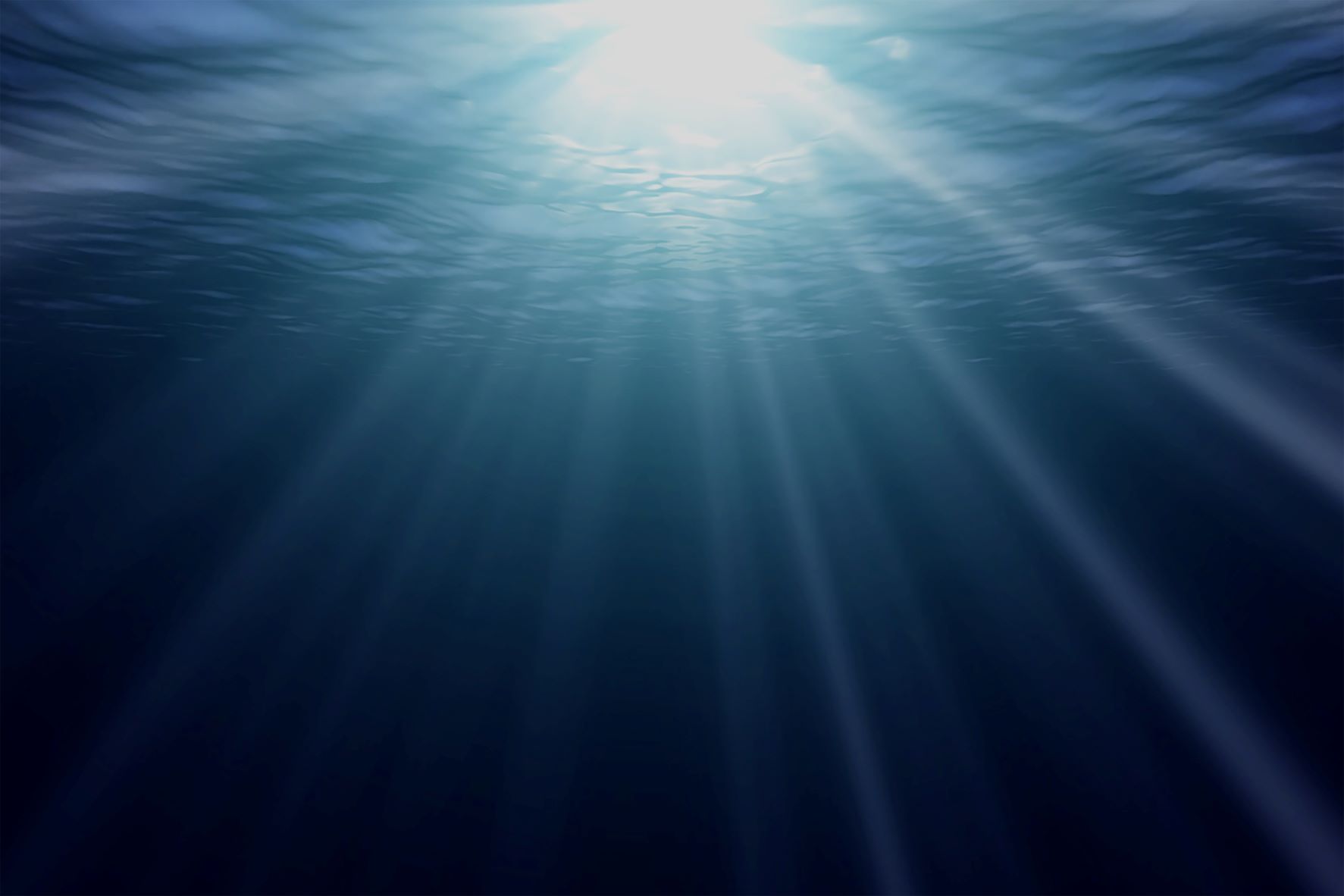The hunt for critical metals, more than for any other resource in human history, is breaking down limits and reaching previously unthinkable frontiers. So, while some are looking toward space, efforts are also beginning to exploit Earth's last untouched outpost: the deep ocean floor.
The exploitation of the abyssal seabed, or deep sea mining, is – on several levels – a matter of time. First, there is the time we no longer have left to mitigate the climate crisis by implementing an energy transition that requires and will keep requiring exponentially increasing amounts of raw materials: precisely those that would be found at the bottom of the sea. Then there is the rush of mining companies and developing island states, vying to take advantage of what promises to be a new Eldorado of critical metals. On the other hand, there is the race against time by scientists and activists to stop the assault against the abyss and protect unexplored ecosystems and life forms we have barely begun to learn about. Caught in the middle are international regulators, pressed to establish regulations, jurisdictions and limits, but without having the information to do so and a scientific picture of risks and impacts that simply does not yet exist.
Ready or not, very soon we will move from exploration to extraction: the deep sea rush is about to begin. But what are the challenges of what has been called a real “sustainability conundrum”?
Metals under the sea
Scientifically, “deep sea” is the point where light can no longer filter through, from 200 meters down: basically, 95 percent of the ocean’s volume. Given the size and the little we know so far about abyssal ecosystems, one could speak of an entire other planet right here on Earth. And just like on a different planet, the seafloor includes a wide variety of geological formations: immense abyssal plains at depths between 3500 and 6500 meters, undersea volcanoes, hydrothermal vents, and very deep depressions such as the Marianas Trench.
Although only a very small part of this vastness (0.0001%) has been explored, we immediately noticed one thing: the seafloor is rich in precious metals that are beginning to become scarce on land. Copper, cobalt, nickel, zinc, silver, gold, lithium, and rare earth elements, as a lengthy article by Lisa Levin, Diva Amon, and Hannah Lily that appeared in Nature (2020) explains, are found in various submarine formations: in mountain crusts, which are particularly rich in cobalt; in the form of polymetallic sulfides at hydrothermal vents; and in polymetallic nodules that cover abyssal plains.
The question at this point is, how many are there? The estimates in the cited report are mind-boggling. For example, the mountain formations of the Pacific Prime Crust Zone alone are reported to have 3.4 to 5 times as much cobalt as the entirety of the Earth’s reserves. But the area that is most covetable is undoubtedly the Clarion-Clipperton Zone, a fault that reaches depths of 5500 meters and covers 4.5 million square kilometers in the Pacific Ocean between Mexico and Hawaii. In this one spot, polymetallic nodules contain up to 5 times the amount of terrestrial cobalt, 1.8 to 3 times that of nickel, 1.2 times that of manganese, the equivalent of 20 to 30 percent of terrestrial copper and lithium and 88 percent of silver.
According to a white paper commissioned in 2020 by deep sea mining company The Metals Company (formerly DeepGreen), black nuggets from the Clarion-Clipperton Zone could provide all the nickel, cobalt, copper and manganese needed for one billion electric cars, generating only 30 percent of the greenhouse gases of land mining.
Risks to abyssal ecosystems
What would seem to be a real blessing from heaven, or rather from the sea, could, however, come at a very high cost, especially in terms of environmental impact.
The first and biggest problem is that we know too little about abyssal ecosystems to be able to predict what would happen if we went to disturb them. “The ocean floor is one of the few (relatively) uncontaminated ecosystems remaining on the planet, with a world of biodiversity that is still largely unknown,” explains Lisa Levin, a marine biologist at the University of San Diego in California, who in addition to being the first author of the above report, works with the World Resource Institute’s Ocean Panel. “What we do know, however, is that abyssal species generally grow and recover very slowly. So, the impacts of extractive activities on biodiversity would be enormous, potentially irreversible”.
To imagine the impacts, one must first know the technologies that would be adopted for deep sea mining. This involves remotely controlled machinery that would travel along the seafloor, digging (in the case of ore in the crust) or dredging the surface layer to collect polymetallic nodules. The nuggets would then be literally sucked up by a long hydraulic hose connected to a ship on the surface, where initial filtering operations would be carried out and then the waste would be thrown back into the sea.
The first direct consequence of these operations is the removal of the substrate where abyssal species live. In the very clear words of marine biologist Erik Simon-Ledò, “Nodules function like trees in a forest. Without trees, there are no squirrels.” Then there are other types of impacts, such as changing the geochemical and physical properties of the seafloor, contamination of water, and the risk of compromising fundamental ecosystem services such as nutrient and carbon cycling. The introduction of light, noise and vibration into a totally dark and silent environment such as the seafloor could also have devastating consequences for life. Finally, there is the issue of the plumes created by dredging or by ships throwing debris back into the sea: for delicate abyssal organisms to find themselves covered in dust at any moment means certain death.
In recent years, many reports and studies have denounced the risks of the deep sea rush: from WWF to Greenpeace, from UNEP to the IUCN (International Union for Conservation of Nature), which has called for a moratorium on deep sea mining in 2021, at least until a way is found to ensure the effective protection of marine ecosystems by adopting the precautionary and “polluter pays” principles.
“The vast majority of scientists believe that it is premature to start mining on the ocean floor,” Levin comments, “However, I cannot say that the opinion of the scientific community is unanimous. There are several marine scientists who are currently working with the mining companies that hold exploration permits, especially in the Clarion-Clipperton Zone, and who have joined the Deep Ocean Stewardship Initiative. They are working under the belief that if they provide good scientific research and good baseline data, then good decision-making will follow. And in fact, they have contributed a lot so far to the understanding of the ecology of that area.”
Harvesting instead of mining
Despite calls for a moratorium (also signed by the governments of several countries) and appeals from scientists, however, it seems unlikely that the deep sea rush will simply stop and change focus. The International Seabed Authority (ISA) has so far granted 31 exploration licenses covering an area of 1.5 million square kilometers. Among the contractors, each “guaranteed” by a state or consortium of states (which is the rule for obtaining licenses), are industry giants, mining and otherwise, from the United States, Canada, Europe and China. The machine, in short, has been set in motion.
Some then prefer to adopt a pragmatic approach. “The problem is that the debate is currently focused on the wrong question, which is whether or not deep sea mining should begin,” Renee Grogan, co-founder and chief sustainability officer of Impossible Metals, explains to Renewable Matter, “We should instead be asking how it should be done.” The young U.S.-based company sets in fact a goal that seems impossible: harnessing the bounty of critical metals on the seafloor without harming ecosystems. The key is all in one verb: harvesting instead of mining.
“We are working with a group of scientists to develop a technology to selectively collect polymetallic nodules,” Grogan explains. “To avoid all the problems associated with dredging, we use robots that float suspended above the seabed, without touching it, and collect the nodules one by one, leaving behind a certain percentage of them to ensure the continuity of the ecosystem. Using sensors and artificial intelligence, they are able to identify the presence of the larger organisms on the nodules, leaving them in place. They can also create a buffer zone around particularly sensitive organisms, such as corals, so they are not disturbed.” And that's not all: Impossible Metals has also thought about the next step, which is extracting the metal from the nugget. “We have developed a bio-extraction process,” Grogan continues, “Basically we use bacteria that breathe in the metals and dissolve the rock. No chemicals, no heat, and no high pressure are needed. Most importantly, this is how we solve the problem of tailings, which is the residual slurry left over from refining. It's a method that also has enormous potential for onshore mining.”
Assuming that the selective harvesting system works and proves to be truly sustainable, one cannot help but wonder: for one company that invests time and money in not damaging ecosystems, how many will choose the shortest and most profitable route instead? Preventing it will first and foremost be a matter of laws and regulations (a thorny matter that would deserve another article), it will be a matter of implementing effective monitoring and control methods and defining impassable limits. Because the need we now have for raw materials for the energy transition cannot compromise what is the planet's first source of life.
Image: Envato Elements
Download and read the Renewable Matter issue #43 on Critical Raw Materials.



